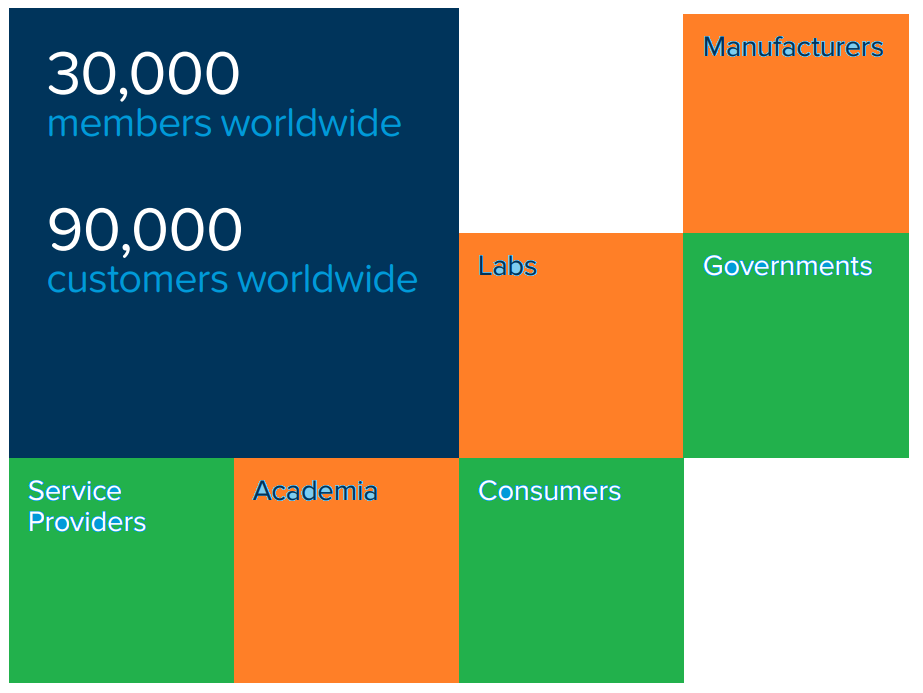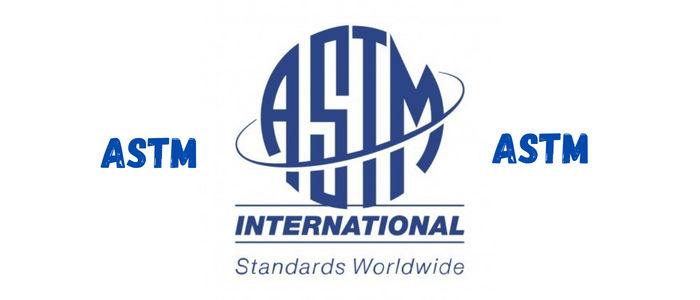ASTM international: I am sure you can across the term ASTM [American Society for Testing and Materials] before when you were looking for how to conduct a certain testing related to concrete or other building materials. For example, if you searched for a method to determine the compressive strength of concrete, you will find “ASTM C39, Standard Test Method for Compressive Strength of Cylindrical Concrete Specimens” in Google’s search results.
In this article, we are going to have a look at some aspects related to ASTM. What is it? what is the its purpose? and so on.
Let us start with the first thing.
What is ASTM?
ASTM stands for American Society for Testing and Materials. ASTM first came to light in 1898 when a group of engineers and scientists [their leader was Charles Dudley] tried to consider the frequent rail breaks, which were negatively affecting the railroad industry at that time.
ASTM initially was developing a standard for the steel materials employed in the the rail fabrication.
Change of Name over Time
Initially the name of ASTM was —> “American Society for Testing Materials”
In 1902, the name changed to —> American Society for Testing And Materials
In 2001, the name changed to —> ASTM International
Location
The world headquarters are located in West Conshohocken, Pennsylvania, with offices in Belgium, Canada, China, Peru and Washington, D.C.
Role of ASTM
ASTM international is nowadays one of the largest international organizations in the world that aims to develop standards. Their standards improve the quality of lives for millions of people everyday. The standards are developed by top-notch researchers in their field. So, the American Society for Testing and Materials is organized into 150 committees [with over 2,000 subcommittees]; each committee comprises researchers and relevant industry leaders and professional who attend regular face-to-face and virtual meetings. The meetings are open and transparent to develop the specs, testing methods, guidelines, practices and so on. The entire membership of the ASTM elects a board of directors to govern and make decisions.
The mission of ASTM is ” Committed to serving global societal needs, ASTM International positively
impacts public health and safety, consumer confidence, and overall quality of life. We integrate consensus standards – developed with our international membership of volunteer technical experts – and innovative services to improve lives… helping our world work better.”
ASTM has over 30,000 members [volunteers, by the way] from over 150 countries and serves individuals, academic institutions, industrial companies, etc.

How ASTM Develops Standards?
What is a standard?
Dictionaries define standards as “something considered by an authority or by general consent as a basis of comparison” or “something established by authority, custom, or general consent as a model”
For us, the standard is a doc which provides specific details on how to do something or the acceptance criteria for quality and safe use of materials. American Society for Testing and Materials’ Standards cover a wide range of industries such as metals, paints, plastics, textiles, petroleums, and consumer products.
Process of developing a standard
ASTM International accepts requests for new standards from any interested party. A version of the standard is created by an ASTM technical committee, which is then sent to a parent subcommittee and made accessible to all members for evaluation. Before the document may go to the next step, any objections raised during this procedure must be taken into account.
After confirming that protocols were successfully followed and the standard was given due process, the ASTM International Committee on Standards grants final approval. Due process guarantees that all interested parties have a voice and fosters balance between conflicting interests.
How to Become an ASTM Member?
The experience and dedication of its 30,000 members, who represent more than 140 nations, runs the American Society for Testing and Materials. To enhance the performance of manufacturing and materials, products and processes, systems and services, they employ good science, sound engineering, and sound judgement. In technical committees, businesses, governments, and individuals work together openly and transparently to ensure that standards combine commercial relevance with the greatest level of technical excellence. American Society for Testing and Materials’ renowned standards are used by several global companies and institutions.
ASTM standards development process is available and open to all interested parties at any time. (Join American Society for Testing and Materials from here.)
There are different levels of memberships that you can go for; each has a different fee. Note that if you are a student, you can get a zero-fee membership.
Why ASTM Standards are Important?
To guarantee the caliber and uniformity of materials, scientists, engineers, architects, and government entities rely on American Society for Testing and Materials’ safety standards. Although these standards are voluntary, they must be cited by authorities in all contracts, government rules, regulations, and laws.
In assessing the material, chemical, mechanical, and metallurgical characteristics of materials, ASTM standards are essential. This knowledge aids in directing product makers toward appropriate application and processing steps. On the American Society for Testing and Materials’ website, institutions and individuals may look for more than 12,000 standards for any industry.
Journals You Might Want to Check
American Society for Testing and Materials also have journals where researchers publish their work. You may want to check these journal papers. It will give you tremendous amount of information that takes your knowledge to another level. Some of these journals are:
- Journal of Testing and Evaluation
- Geotechnical Testing Journal
- Materials Performance and Characterization
- Advances in Civil Engineering Materials
- Smart and Sustainable Manufacturing Systems
- Journal of ASTM International
- International Conference on Additive Manufacturing
- Symposium on Railroad Ballast Testing and Properties
- Symposium on Structural Integrity of Additive Manufactured Parts
- Symposium on Structural Integrity of Additive Manufactured Materials and Parts
Read Also:
